Every one of us, at least once wondered – why do some posts go viral with engagement while others get forgotten with a few courtesy likes?
If you create content for social media platforms and still struggle with Facebook’s News Feed algorithm, you aren’t alone. The Facebook Algorithm is a nightmare for many of us.
The Facebook algorithm can be rather formidable on branded organic Facebook content. But every Facebook marketing strategy requires both organic and paid content, and that is why figuring out this complex, impenetrable galaxy brain wants us, social media managers, to do.
Hit The Play Button To Listen To The Podcast:
But don’t you worry, we have discovered a bunch of new information on the Facebook algorithm, so stay along to stay updated with the latest details. Let’s get started!
What Does The Facebook Algorithm Mean?
Facebook algorithm is the brain behind this most popular social media platform Facebook. It decides what posts you will see on your Facebook homepage every time you check your feed. Every time you check your feed, Facebook decides which posts to display. The Facebook algorithm constantly predicts which posts will be the most relevant for you.
The Facebook algorithm is made up of a set of computations, based on them, puts the posts you might enjoy most at the top of your feed. These won’t even be in chronological order. So some of them will appear, some of them won’t. Even if they are about your friends.
And when you see this from a marketer’s perspective, it seems impossible to get their posts seen by the largest possible audience. Some marketers argue that Facebook has designed it just so that you have to pay to promote content. And the fact that the Facebook algorithm is supposed to show the most valuable and relevant posts is just a cover story.
Regardless, Facebook proclaims that without rankings, users’ feeds “will be bombarded with the content they don’t find as relevant or interesting, including extremely promotional content or content from profiles who post frequently, which can bury the content from the people they’re closest to.
It may never be clear, but one thing is for sure – we have to understand the Facebook marketplace algorithm at least a little bit to be able to try to predict its actions.
How Does The Facebook Algorithm Work In 2022:
The Facebook algorithm assures its users the most relevant updates, news, and information. It is a complex algorithm to crack, but some well-known ranking factors can help.
Inventory:
So, the first factor is inventory. A post from a close friend, family, all the Facebook groups joined, and all the pages fall under the example of inventory. That means all the content from the platform. In short, your inventory is all the posts available to display on your News Feed.
Signals:
Signals are a significant factor of the Facebook algorithm that implies Facebook about the post. Signals are divided into two categories.
- Active Signals promotes engagements to your posts which includes likes, shares, and comments.
- Passive Signals are the non-active metrics that include view time, time posted, and story type.
Predictions:
Ever happened when you searched for a particular thing on Facebook, and then your news feed is flooded with the same thing? That’s the prediction from the Facebook marketplace algorithm. It not only impacts the ads but also evaluates your Facebook profile, likes, dislikes, and the posts you are interested in. So, that it can only show you the content you are likely to engage in. Predictions are essentially how a user might react to the post.
Relevancy Score:
Facebook algorithm scores to all the content from the platform that displays how specific content is for the user. The higher score suggests the content that will be more likely to show on your news feed.
The Biggest Facebook Algorithm Changes In Recent Years:
Aside from the new name “Meta,” Facebook has made a ton of changes to both its platform as well as to its ad platform. And as marketers and advertisers, we’ve gained access to massive new resources. However, did your campaign’s performance suddenly begin to decline after a few weeks? Ad fatigue on Facebook is probably the one to blame.
Facebook Ad Fatigue:
When customers view your ad too many times, you’ve arrived at the point of Facebook ad fatigue. Due to high levels of ad fatigue, Facebook drastically restricts the delivery of your ad. The frequency metric may be used to gauge ad fatigue on Facebook. You can easily identify ad fatigue since the frequency measure begins to grow at the same time that one or more important KPIs in your campaign starts to decline. Ad fatigue is not present if your key metrics fall, but frequency doesn’t, or the other way around.
Comment Moderation (Including for Live Chat):
Facebook’s live video is a great feature to boost engagement and grow the audience. Content creators often use it to monetize their work. While live-streaming may attract positive attention, trolls and spammers can make it difficult to keep the dialogue going. It applies to both live and pre-recorded footage.
Facebook Live comment moderation allows content creators to have more significant control over who and how people interact with their content. In the future, it would be able to eliminate offensive language, prohibit or suspend users, and even control who is allowed to post comments on live video streams.
CTRs Are Best for News Feeds and Instream Videos:
Facebook’s News Feed acquires almost half of all social advertisement spending, followed by Instagram’s feed, Instagram Stories, Facebook videos, and Facebook instream video.
According to data, Facebook’s in-stream video (0.33%) CTR is higher than Facebook’s news feed (0.29%).
Meaningful Interactions:
Since the 2017 data safety controversy exploded around the social media network, Facebook has improved transparency around how it ranks content on the News Feed, going public with their Meaningful Interactions update back in January 2018. While the social media world was excited by the update, it presented concerns of advertisers who were already working hard to stand out in the News Feed and were now given less space to shine.
Chatbots:
In 2021 alone, Facebook Messenger will have 100,000 bots, and that number will only grow in 2022. Businesses can use Chatbots in various ways; however, the most common one remains customer service.
When you use chatbots keep these things in mind:
- Let your customer’s chatbot experience be as personalized as possible; let’s face it, no one wants to have a conversation with a bot that answers the same question constantly.
- Try to make it simple if you can. Customers will be more satisfied if the information is delivered quickly.
- Be aware that chatbots are not sorcerers. The road to success isn’t always smooth, and that’s okay.
Amp-Up Your Social Media Marketing Game With Socioboard:
Socioboard is a powerful social media management and content marketing platform. With Socioboard, you can integrate various social media platforms like Instagram, Facebook, Youtube, Pinterest, Linkedin, and Twitter. Plus, you get an automated RSS feed and social media discovery to keep up with trending topics. You can get the latest and greatest media files from platforms like Imgur, Flickr, Daily Motion, Pixabay, Giphy, etc. There are many amazing things you can do with Socioboard.
- Flexible Scheduling
- Simplified RSS feed
- Seamless Multiple Account Management
- Stay Ahead With Top-Class Analytics
- Enhance Your Content Curation Game
- Collaborate With Your Team
10 Best Practices For Following Facebook’s Algorithm:
One way to get the most out of the Facebook algorithm changes is to have a strategy behind your post. For example, bloggers might post general content on Facebook focused on an event or trending topic to help with engagement and reach.
Facebook has been molding some new standards for what they prefer on their site. What does this mean for you? Well, for marketers, you need to make some changes to stay connected with friends and family and continue to grow your audience on Facebook.
Be A Conversation Starter:
Facebook’s News Feed algorithm favors content that encourages positive interactions between your followers and others. Any content, from products to education to entertainment, should encourage conversation. You want your content to provoke people to stop their scroll, interact, and share.
Focus On Your Audience:
Your content should always be relevant to your core audience, the people you want to build a community around. Products, education, lifestyle imagery, it should all assemble on your identity as a brand answering to a specific audience.
Put Ad Dollars Behind Content With Organic Momentum:
The new Facebook algorithm values content that performs well organically, and you can build off that swiftness by boosting or glorifying that content with ad dollars. Content that already has strong organic traction means lower CPCs, which combined with ad dollars can act like a snowball effect for your content.
Avoid Clickbait:
Remember all of those – like if, and share if you are posts?
This is viewed as engagement baiting. It does not add value or interaction for users. Stay away from asking people to please comment, like, and share. Your content should inspire them to engage without having to ask. Facebook punishes brands that encourage comments, likes, and shares on organic and ad posts.
Track Your Content Performance:
After you’ve posted your content, remember to use Socioboard or Facebook Insights to track the performance of your content. Keep track of how your different content pieces are performing engagement-wise.
Be Consistent With Your Voice And Tone:
Who is your brand targeting? Before sitting down to your keyboard, answer that question. It could make all the difference. So, if you want your ad copy to be memorable to your audience. Make sure it strikes the right tone with your target audience.
Using Mobile-Friendly Practices And Video Efforts:
Facebook and Instagram continue to deliver major improvements to their video offering on both platforms, such as Shopping for Stories, video for Dynamic Ads, Carousel Video Ads, Instant Experience Ads, and more. Ensure your creative and copy is optimized towards mobile viewing (i.e., shortened copy, readable overlays, shortened headlines). Now you’re ready to leverage organic content to capture attention.
Keep An Eye On The Competition:
Facebook added a new “Info & Ads” section that enables anyone to view all of the active ads on a Facebook page—meaning you can now see what your competitors are doing. All you have to do is click “Info and Ads”* on any other brand’s page. Take a glance at what your competitors are doing (on the paid side) and see what’s working in their favor. You might be able to implement a few best practices into your strategy.
Don’t Copy And Paste Same Creative On All Social Media Platforms:
Keep in mind, what resonates on one media platform might not work on another. Viral TikToks don’t necessarily translate the same on Facebook or other platforms, including Instagram or Snapchat. Make sure your creation is custom-made for the appropriate audience and platform.’
Check Out Our Latest Posts:
11 Intelligent Social Media Management Strategies
What Are The Instagram Management Services? How Does Instagram Manager Beneficial For Its Users?
What Is The Best Time to Post on Instagram in 2022?
Wrapping It Up:
Although finding new data on the algorithm is hard, many smart tools and professional services help you perform successfully. Hopefully, this information and tips will help you create and schedule great content that will benefit your business. If you don’t want to lose the user’s attention or take hours for the moderation process, it’s a good idea to get help from an all-in-one social media management platform, Socioboard.

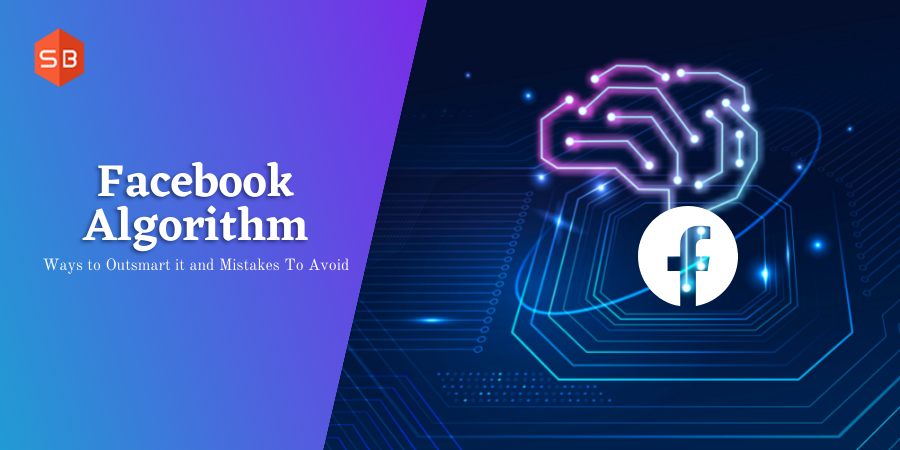
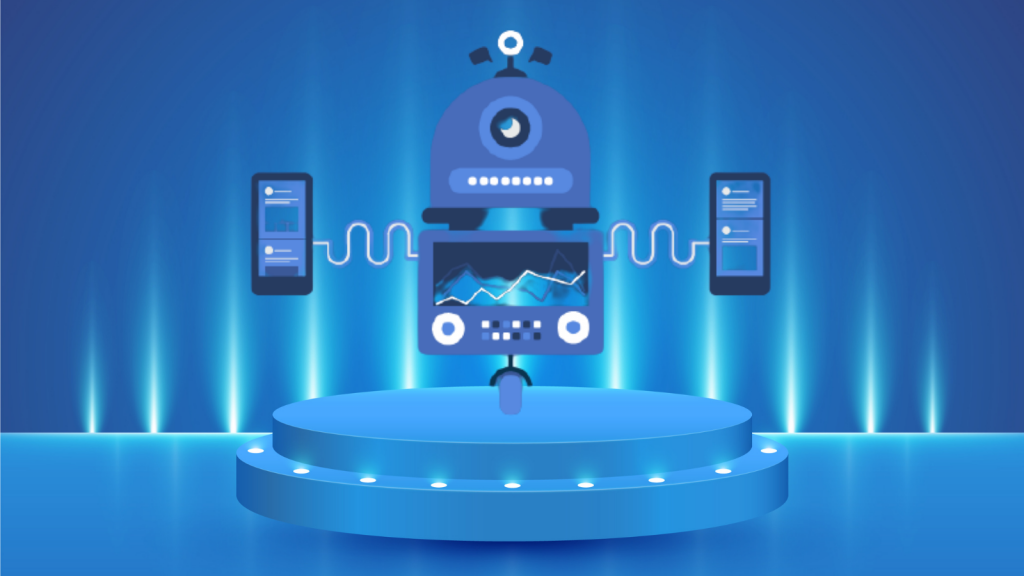
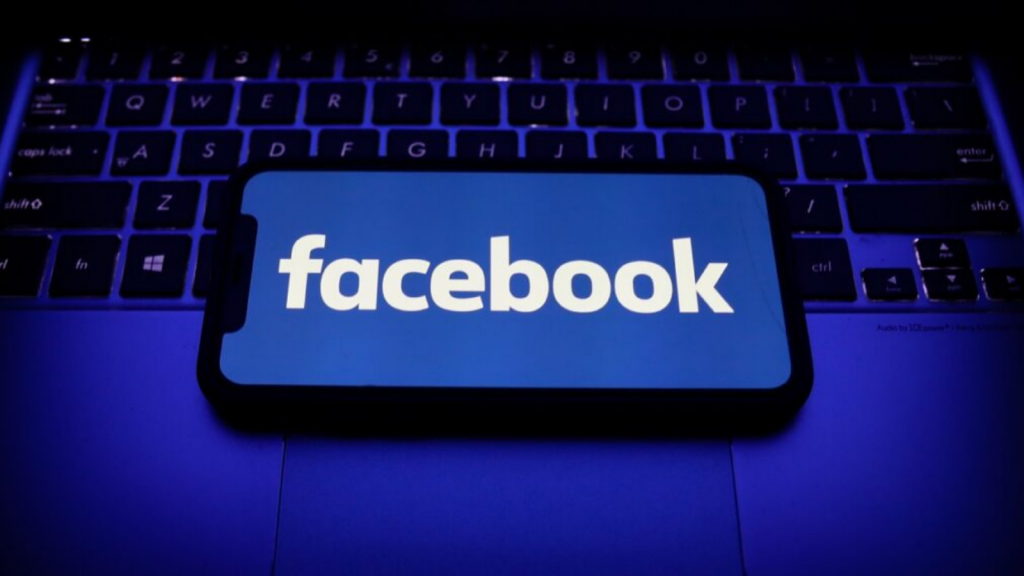
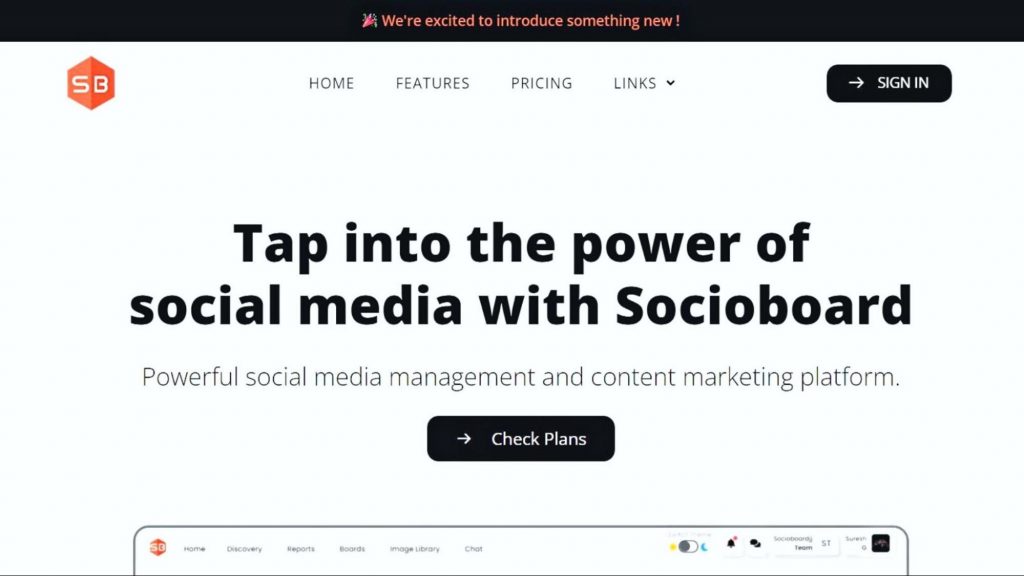
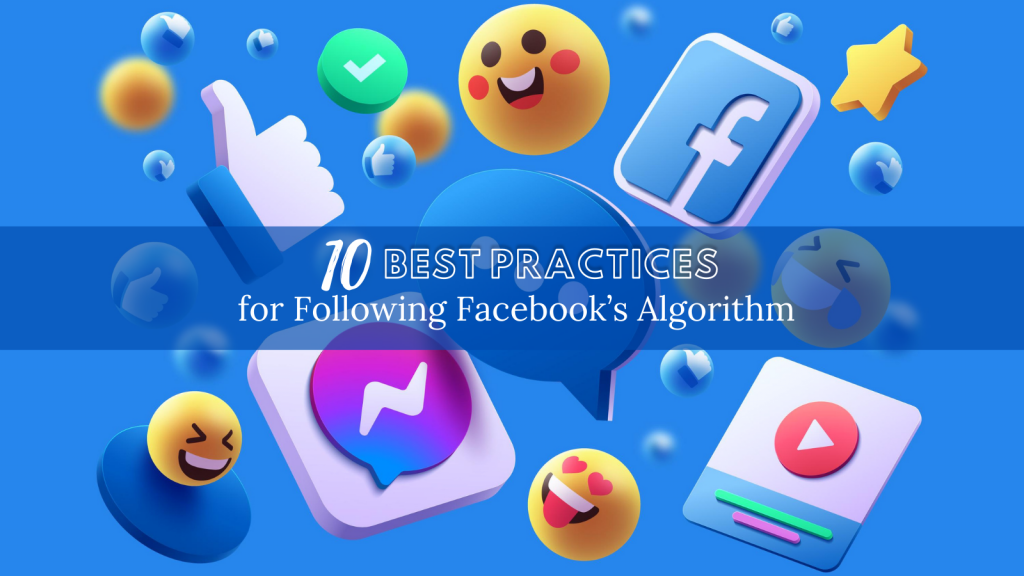

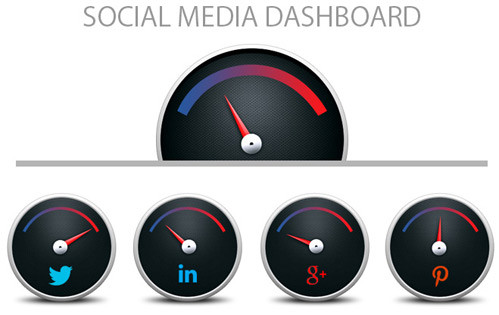

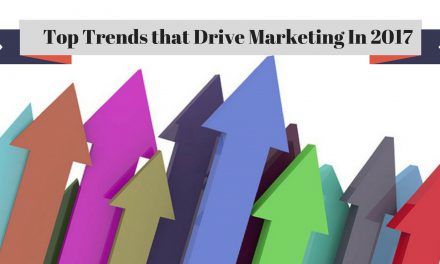
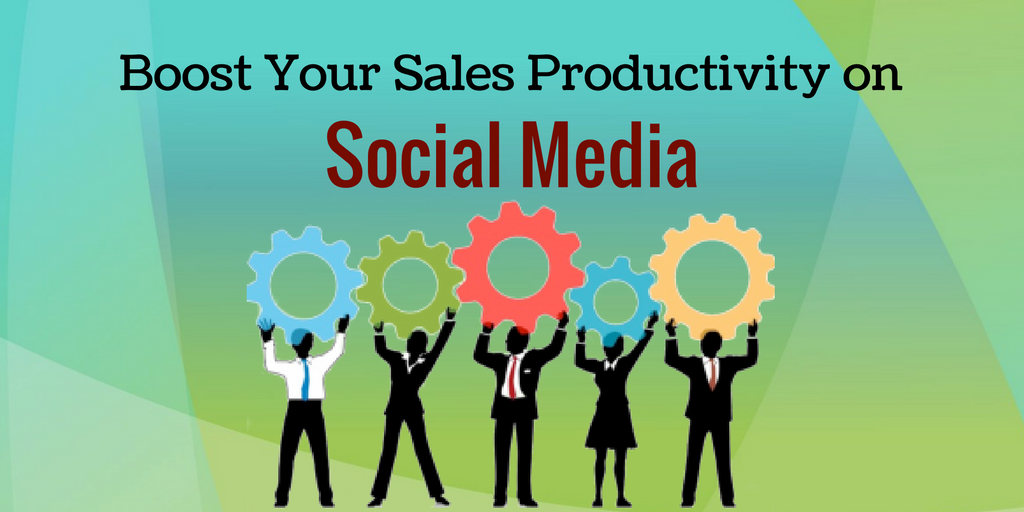
Recent comments